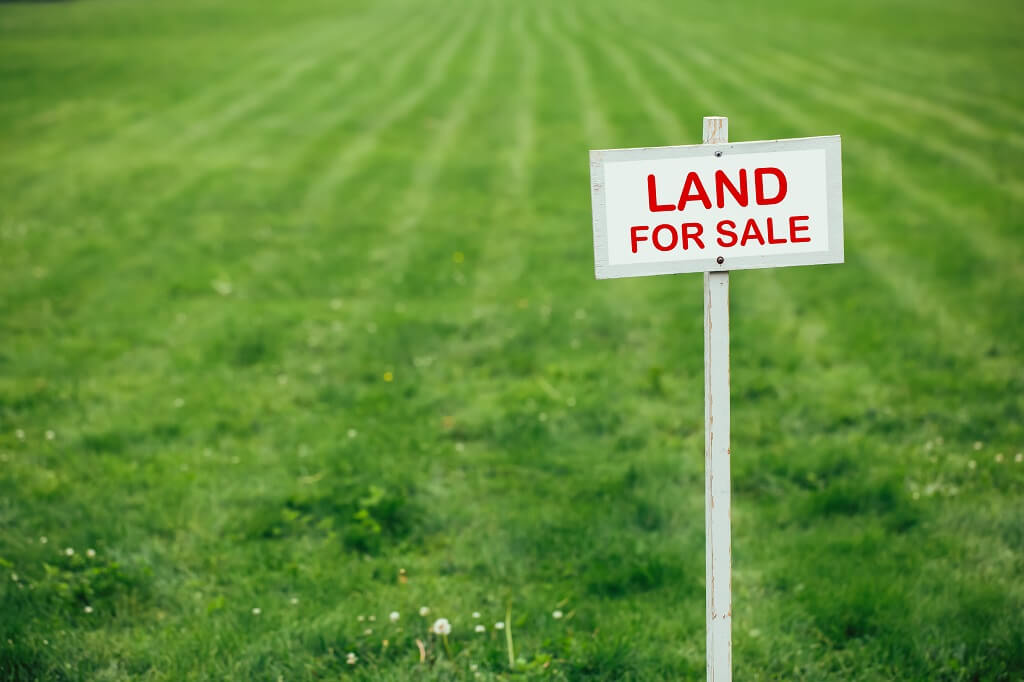Typically, commercial real estate professionals are much more cautious and uninterested in buying land for multifamily development during this stage of the market cycle we’re currently in, since land is usually purchased after the market peaks — meaning rents on new construction have flattened out. Yet, recently, we’ve seen neighborhood land, as opposed to land downtown, trading for a premium. Today’s strong renter base is generating demand for new housing stock in non-core neighborhoods, which means developers are keenly interested in acquiring multifamily land for three reasons:
1. Strong Renter Base For New Development
Today’s high-income renters are renting by choice, not out of necessity. This is a shift from previous renter profiles and past generations that is keeping demand for new multifamily developments high. According to the Joint Center For Housing Studies at Harvard University, of these renters with a household income over $75,000 per year, only 6.5% of them are spending more than 30% of income on rent. The number of renters is increasing annually, while the number of homeowners is decreasing. Because of the national increase in renter base, rental vacancy is at a 30-year low. People entering today’s housing market are concerned with investment losses and so are renting instead of owning.
2. Growing Demand For New Housing Stock In City Neighborhoods
When exploring neighborhoods outside of any city’s downtown, the average age of the housing stock is vintage — think 1940s construction and older. Typical city neighborhoods share a similar DNA. These community pockets comprise everything from three-flat walk-ups with carpeted bedrooms to 40-unit buildings that still require a lead paint disclosure. As renters push demand further out of the core neighborhoods, we’re seeing farther-reaching new development ensue.
These renters are also looking for downtown design and neighborhood feel. New neighborhood developments are often equipped with hardwood floors throughout, quartz countertops and sleek, stainless steel appliances. Today’s luxury neighborhood renters are also sold on the charm of the local tavern on the corner, the monthly farmers’ market and locally-owned restaurants. Transit-oriented developments have also fueled the fire for new development growth in city neighborhoods. Proximity to a city’s public transit affords car-less renters, who can’t afford to live downtown, the next best thing: neighborhoods.
3. Developer Interest
As a developer, you need to feed the lion. By that, I mean buying and developing land is a developer’s business model. In today’s market, now isn’t the time to slow down. Multifamily as an asset class typically pays the most for land, followed by a growing trend of boutique hotel development in city neighborhoods.
Sometimes in a mature cycle, developers buy land and just sit on it waiting for the next cycle to start before developing the land. If developers sit on the land and wait to develop, they risk unfavorable changes to taxes, affordability requirements and changing community and municipality dynamics. While some developers are participating in this land banking, today’s apartment prices make development more compelling. Buying land today instead of waiting has additional advantages, including knowing the appetite for development in the communities and knowing the current municipality or alderman’s stance on bringing new construction into the neighborhood.
Renting as a choice, not an economic necessity, is a trend that is here to stay for many positive reasons. The renter pool is widening to include all age brackets, income levels and lifestyles. This demand will continue to provide developers the economic returns they need and is the first step for them finding and buying suitable land sites. Because of the strong renter base and desire for new housing stock in city neighborhoods, development companies are continuing to seek new land to develop. For these reasons, land deals are a hot commodity in multifamily right now, and we don’t see any signs of this trend slowing anytime soon.


